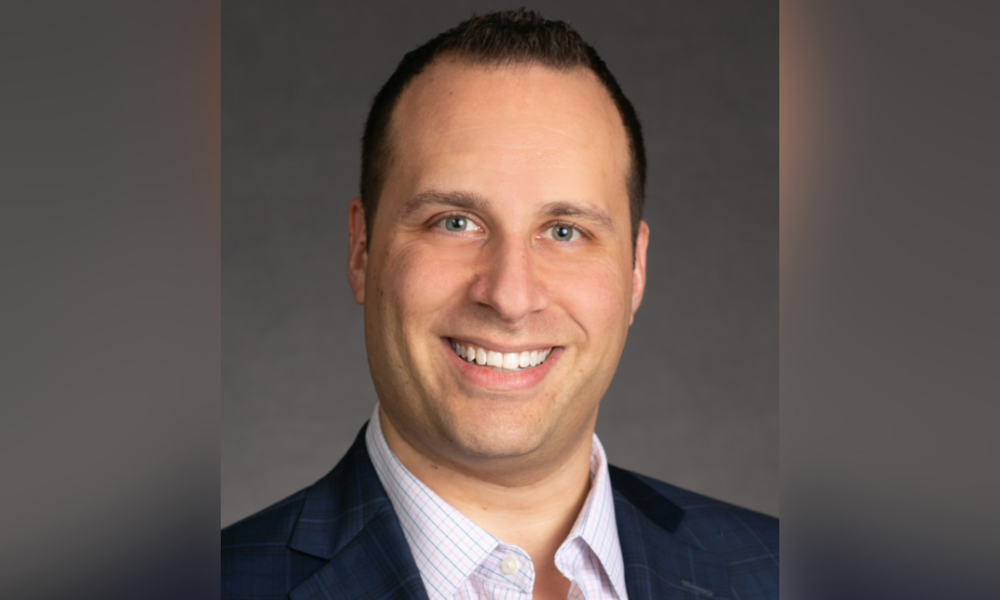Post-pandemic passion spurs surge in high-net-worth insurance

Post-pandemic passion spurs surge in high-net-worth insurance | Insurance Business America
Insurance News
Post-pandemic passion spurs surge in high-net-worth insurance
From jewels to vintage timepieces…
Insurance News
By
Chris Davis
The demand for high net worth insurance has peaked since the pandemic, with people having more time on their hands to do intensive research into products, investments and overall coverage. According to Watkins Insurance Group, the collectibles insurance market is booming, with the market size expected to exceed $1 trillion by 2033 – with the sports memorabilia segment alone projected to be worth $227.2 billion by 2032.
Speaking to IB, Jeffrey Atry (pictured), VP, Private Client Group at NFP, said clients are investing more and more into these luxury collectibles in order to reap some rewards down the line.
“These luxury collectibles are not strictly collectibles anymore; they’re also an investment,” he explained. “We’re seeing emerging social media trends towards premium accessories, as well as rising incomes and brand loyalty.”
And, regarding the types of assets being insured, Atry has seen distinct trends across different regions – with the US leading the way thanks to its growing demographic of super high net worth individuals.
“We’re finding that the money actually took a step back maybe two or three years ago,” he told IB. “We’re seeing that back then there was a lot of investing in speculative artists. For the past year or so, more money is going towards established artists with a museum presence – a more mature market than we had a couple of years ago.
“The demand for secondhand use timepieces has also increased; they account for about 30% of the luxury timepiece market now. We expect that trend to continue. We also expect the sneaker market to expand to about $95 billion by next year and a 6% compound annual growth for luxury handbags over the next eight years. We’re seeing more high-end collector cars, too.”
How do HNW insurance policies work?
With this new influx of collectibles and a notable shift in consumer choices, prices are bound to begin changing rather dramatically. But how does policy work within that? Well, according to Atry, it all comes down to data collection and underwriting adaptations.
“With the car market, [for example], there’s what’s called an agreed value,” he told IB. “If a client purchases a car for a $2 million, the insurer will insure it for that $2 million valuation. The insurer will adjust the agreed value each year when the policy renews to ensure the agreed value aligns with the vehicle’s current value.”
Notably in this unique sector, customization is key. There’s no one size fits all when it comes to high net worth insurance because, typically, there’s no one set portfolio of investments. According to data from Value Market Research, the global insurance market for high-net-worth individuals was valued at $101.69 billion in 2023 – with this figure expected to grow $143.36 billion by 2032.
For Atry this manifested in a recent, and complex case, involving a client with multiple locations across the US.
“The insurance carrier wanted to reevaluate a valuable articles policy to determine whether or not to non-renew the policy due to concerns the items were in a catastrophic prone area,” he said. “I worked with the client’s family office to take an inventory of which location the items were kept. Once I had the final list, there was a good balance between items in catastrophic prone areas and non-catastrophic prone areas and the carrier was comfortable continuing the coverage.
“A healthy balance between catastrophic prone areas such as coastal Florida and non-catastrophic prone areas such as the mid-west and north-east ensures that the entire collection won’t be wiped out in one event and creates a balanced portfolio that remains profitable for the insurance company.”
As markets and investments change, so too do regulations, policies and carrier appetites. As Atry explained, right now there’s a market that no longer insures fine arts in coastal southern Florida.
“Maybe the answer is moving the client’s insurance policy or program to another market that’s a little bit more comfortable with that risk,” he added. “There’s lots of specialty insurance insurers that we can use to supplement the common carrier. I think it’s very important when you take on a new client to do a comprehensive review of their collections and understand their risk tolerance as well. Then we tailor that program to the risk tolerance versus the collection.
“[For instance], some people are more comfortable taking on a bit more risk and self-insuring a portion of their collections – other people are more risk averse and want to transfer the risk to the insurance company. It’s important to schedule an annual review with clients to see if there’s any new additions to their collection and discuss any regulatory changes or carrier appetite changes that may be coming down the pike. Discussing market disruptions allows you and the client to form a strategic plan for the portfolio to ensure an optimal outcome.”
Looking forward, Atry acknowledged the dual nature of opportunities and challenges in the collectibles market.
“We’re seeing the collectibles market is growing,” he said. “There is a need to find the right coverage and the carrier for each collection. It can be challenging to find coverage with traditional carriers in the marketplace, so, as brokers, we welcome specialty carrier entrances to supplement the market offerings and stimulate competition.”
Related Stories
Keep up with the latest news and events
Join our mailing list, it’s free!






